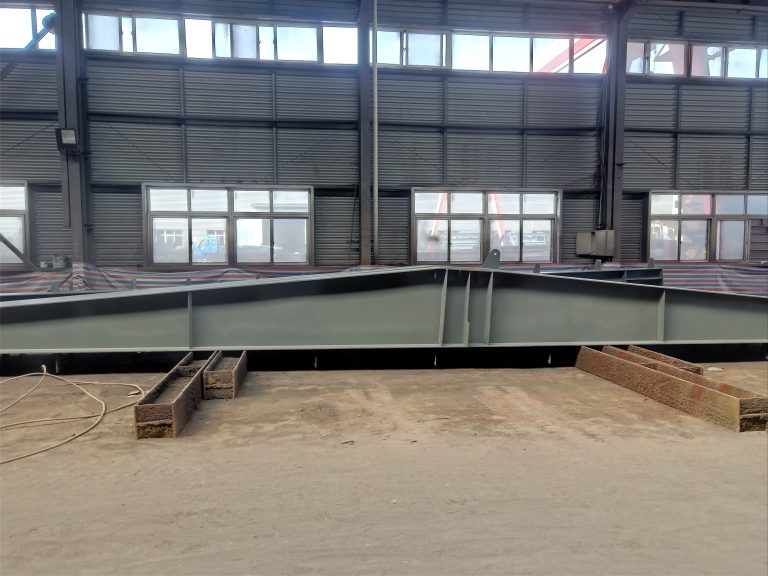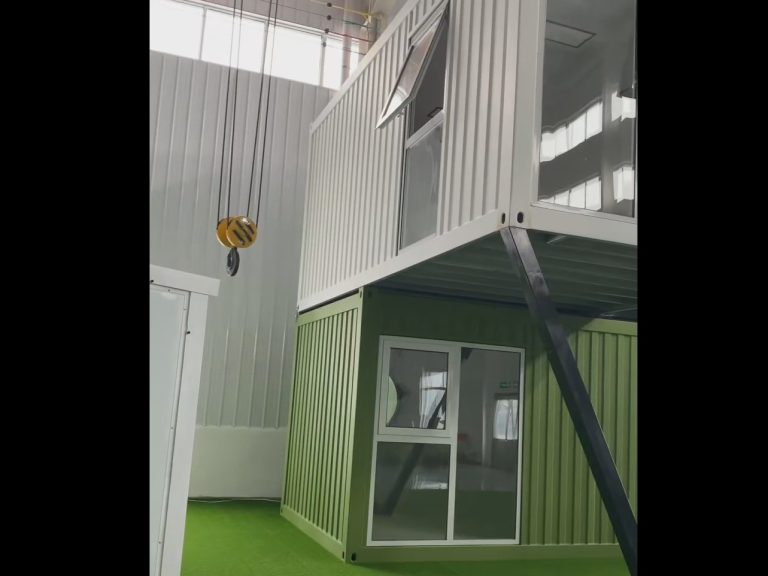Importance of Seismic Support in Building Structures
Earthquakes are a natural disaster that can cause significant damage to buildings and infrastructure. In order to mitigate the impact of earthquakes on buildings, it is essential to ensure that proper seismic support is in place. Seismic support refers to the structural elements that are designed to resist the lateral forces generated by an earthquake. By setting the seismic support of a building structure reasonably, it is possible to improve its overall seismic ability and reduce the risk of damage during an earthquake.
One of the key factors in determining the seismic ability of a building structure is the design of its foundation. The foundation of a building is responsible for transferring the loads from the structure to the ground. In areas prone to earthquakes, it is important to ensure that the foundation is designed to withstand the lateral forces generated by an earthquake. This can be achieved by using deep foundations, such as piles or caissons, which are able to resist the uplift and lateral forces caused by an earthquake.

In addition to the foundation, the overall structural system of a building also plays a crucial role in its seismic ability. The structural system includes the columns, beams, and walls that make up the building’s frame. By designing these elements to be strong and flexible, it is possible to improve the building’s ability to withstand the lateral forces of an earthquake. This can be achieved by using materials such as reinforced concrete or steel, which have high strength and ductility.
Another important aspect of seismic support is the use of seismic bracing systems. These systems are designed to provide additional support to the building structure and help to dissipate the energy generated by an earthquake. Seismic bracing systems can take many forms, including diagonal braces, shear walls, and moment frames. By incorporating these systems into the design of a building, it is possible to improve its overall seismic ability and reduce the risk of damage during an earthquake.
It is also important to consider the location and layout of a building when setting its seismic support. Buildings located in high seismic zones should be designed to withstand the maximum expected ground motion. This can be achieved by using a combination of strong materials, proper foundation design, and seismic bracing systems. In addition, the layout of a building can also impact its seismic ability. Buildings with irregular shapes or asymmetrical layouts may be more susceptible to damage during an earthquake. By designing a building with a regular and symmetrical layout, it is possible to improve its overall seismic ability and reduce the risk of damage.
In conclusion, setting the seismic support of a building structure reasonably is essential for improving its overall seismic ability. By considering factors such as foundation design, structural system, seismic bracing systems, and building layout, it is possible to design a building that is able to withstand the lateral forces generated by an earthquake. By taking these factors into account during the design and construction process, it is possible to reduce the risk of damage and ensure the safety of occupants during an earthquake.






